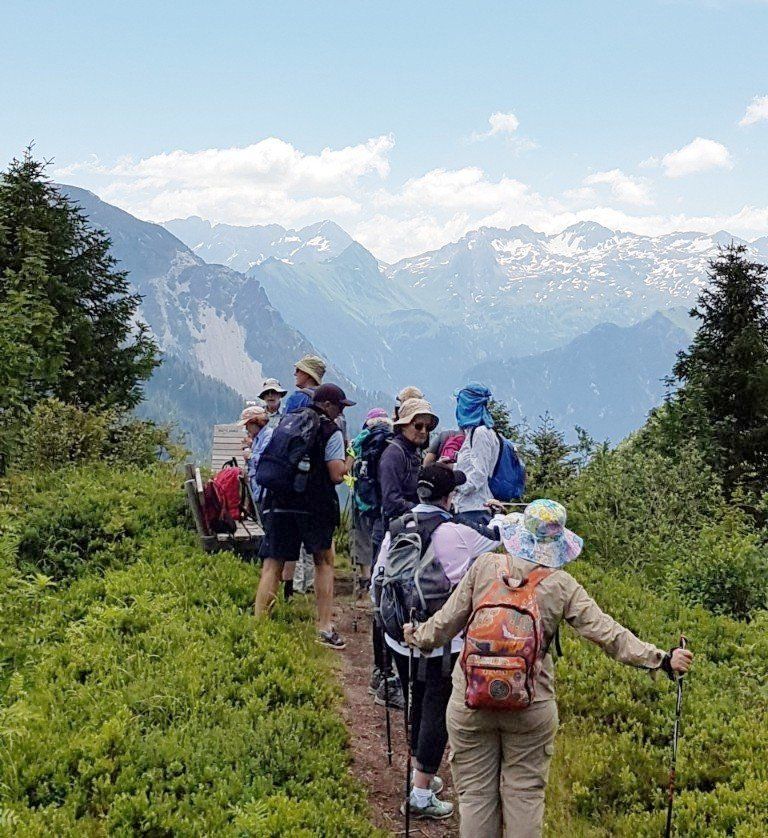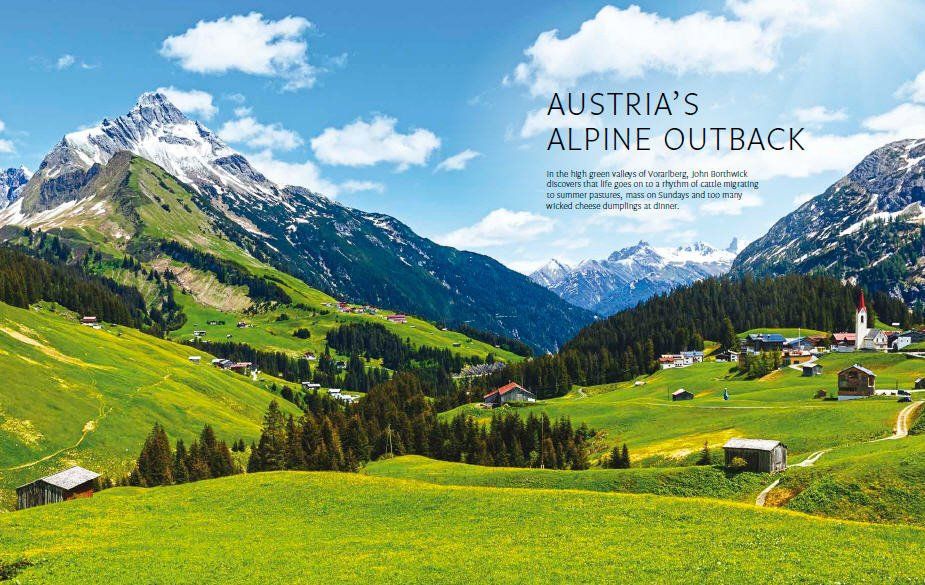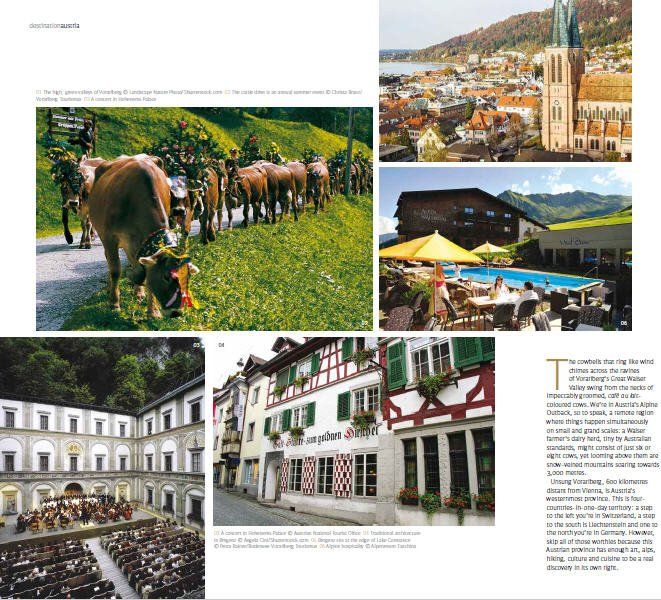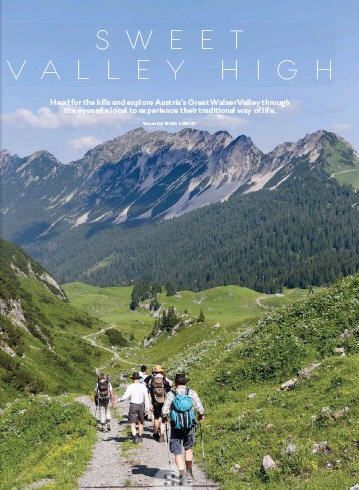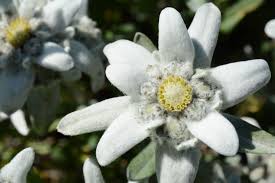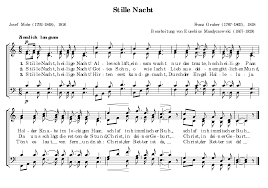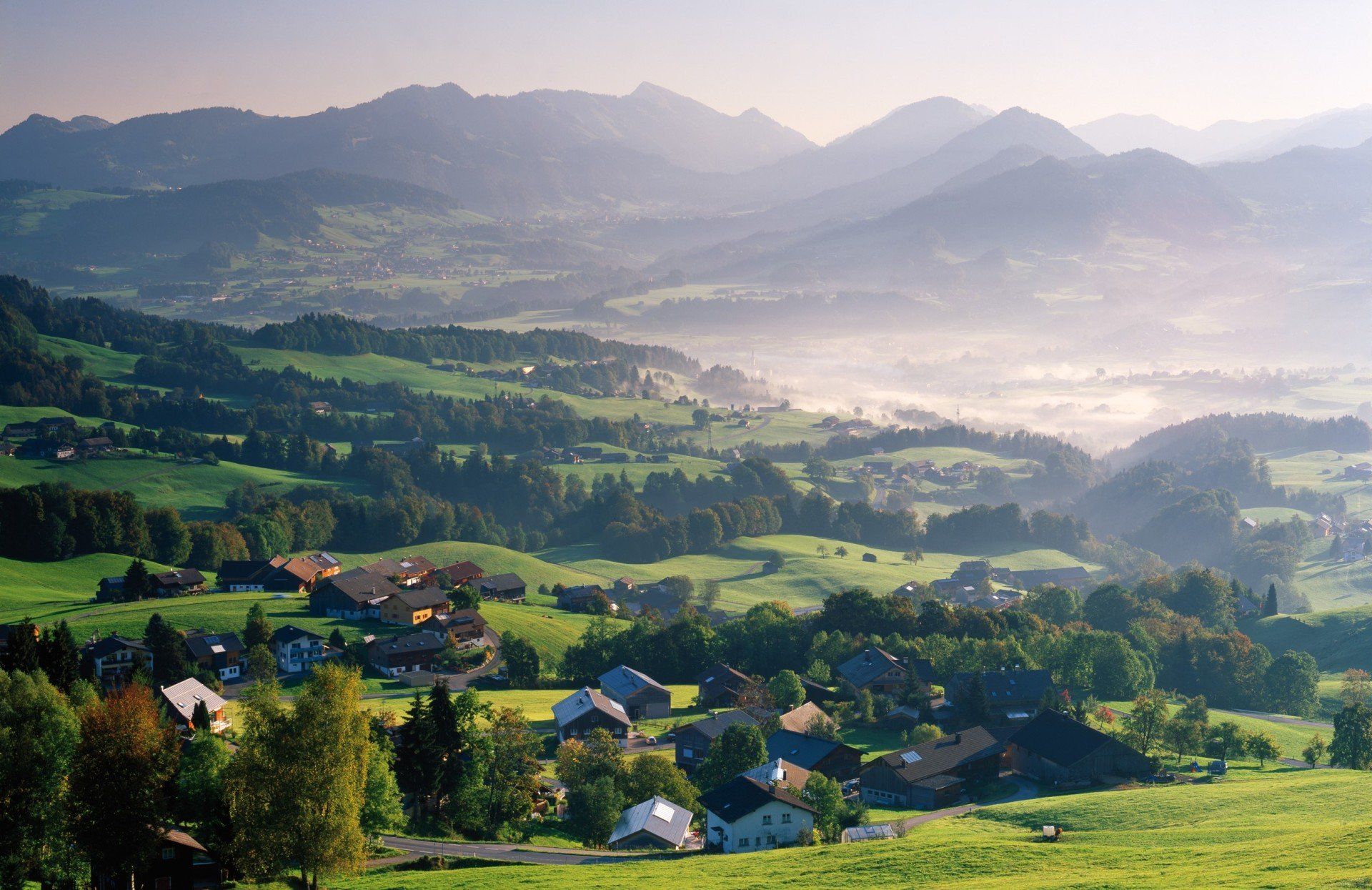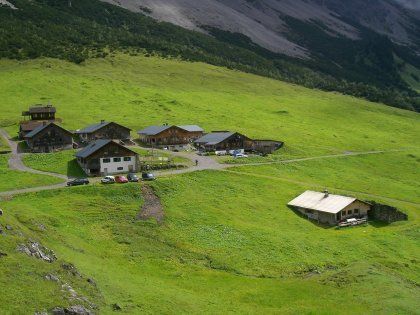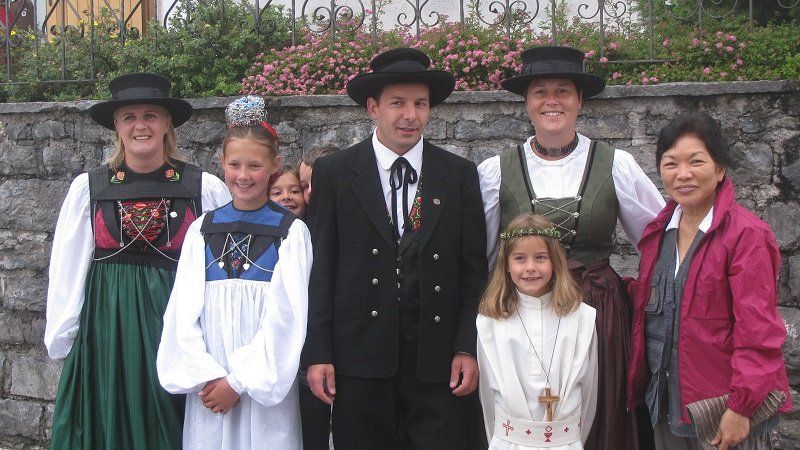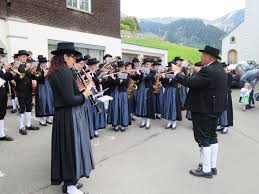Austria's Alpine Outback
An article by travel writer John Borthwick, published in 'Signature Luxury Travel and Style' magazine
The cowbells that ring like wind chimes across the ravines of Vorarlberg’s Great Walser Valley swing from the necks of impeccably groomed, café au lait-coloured cows. We’re in Austria’s Alpine Outback, so to speak, a remote region where things happen simultaneously on small and grand scales: a Walser farmer’s dairy herd, tiny by Australian standards, might consist of just six or eight cows, yet looming above them are snow-veined mountains soaring towards 3,000 metres.
Unsung Vorarlberg, 600 kilometres distant from Vienna, is
Austria’s westernmost province. This is four-countries-in-one-day territory: a
step to the left you’re in Switzerland, a step to the south is Liechtenstein
and one to the north you’re in Germany. However, skip all of those worthies
because this Austrian province has enough art, alps, hiking, culture and cuisine
to be a real discovery in its own right.
Life beside the lake
Its provincial capital, Bregenz, on the shore of Lake Constance, goes back beyond Roman times. These days, the main events revolve around museums, opera and festivals. To single out just one element, I can’t go past a genius structure, the Kunsthaus Bregenz, aka KUB, a cube of glass and wonderment designed by Pritzker Award-winning Swiss architect Peter Zumthor.
Bregenz’s Lake Constance, aka Bodensee, is swimmable in summer, in a brisk, 19-degree sort of way. Cyclists amble or zip along the lake’s promenade path, and so we, too, follow suit.
Ten kilometres on, we find ourselves in Germany. After a look around the Bavarian island town of Lindau, we put our bikes on one of the ferries that serve the lakeshore communities and we’re back in Austria in time for a sundowner.
Bregenz still has a medieval Oberstadt, or Upper Town, where the streets are lined with half-timbered houses. Hiding among them at number 29 Kirchstrasse is what is said to be Europe’s narrowest dwelling. With a tiny, 57-centimetre-wide entrance, our guide assures us that the rooms within widen out beyond the “breathe in!” front door to accommodate more than stick people.
Bounty of the Alps
We head for the hills, climbing corkscrew mountain roads to the upland villages of the Great Walser Valley, or Grosses Walsertal, a realm of postage-stamp pastures and forest hamlets. Based here at Hotel Faschina, we spend the next days exploring the region’s hiking trails and cycle paths. And eating.
Multiple varieties of bergkäse — mountain cheese — are among the specialties these highland folk create in their summer huts. The local menu offerings also include venison ham, hauswurst, fir tree vinegar, rösti, salmon, pear brandy, spiced schnapps, marinated strawberries (with sour cream ice-cream) and, of course, strudel.
The Walser are mountain people who wandered over the hills from nearby Switzerland 700 years ago. To picture their Austrian homeland, imagine rural Switzerland before decades of tourism saw it airbrushed to postcard perfection.
“This region is the last bastion of unspoilt, wholesome, traditional Austria,” reckons Christina Klenovec, manager of the UNESCO-protected Grosses Walsertal Biosphere Park.
Our guides here are an energetic young Melburnian, Maree Burtscher, and her husband Patrick, a Walser, founders of the boutique tour company, Austrian Alps Active. They divide their year between the village of Fontanella, from where they run summer tours designed specifically for Australians, and Melbourne, where they train clients in Nordic walking. Led by them, we explore alpine hamlets, echoing ravines, wayside chapels and a lay monastery.
Before departing Vorarlberg, one culinary ritual remains. At the restaurant in historic Schlosswirtschaft Schattenburg, a castle in the 800-year-old town of Feldkirch, we confront the Ultimate Wiener Schnitzel. “Only” 40 centimetres across, it spills over both edges of a wide plate. We succeed to varying degrees in demolishing most of this massive offering and then rise, fuelled to bravely face the flight back to Australia.

